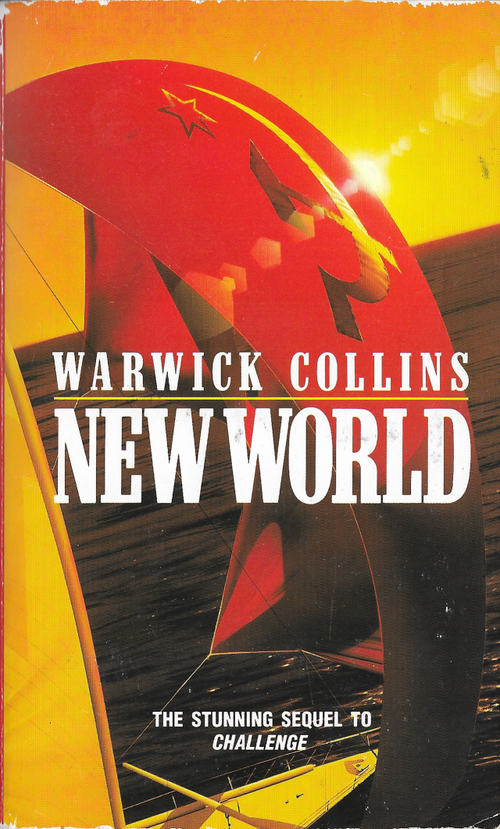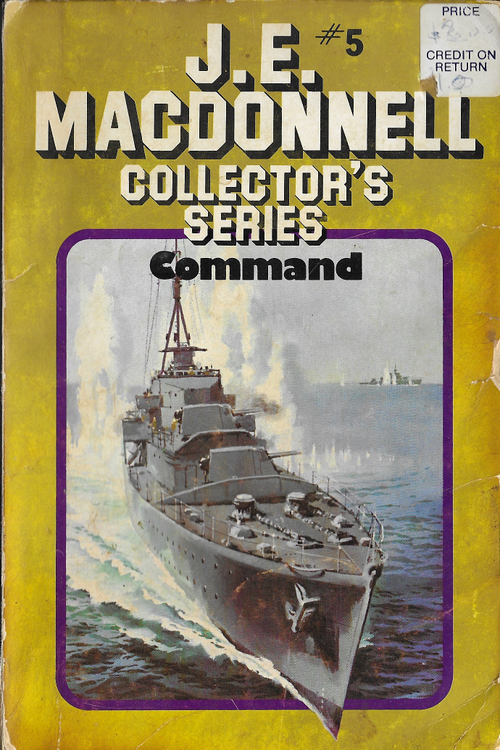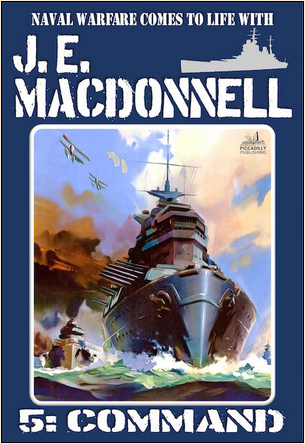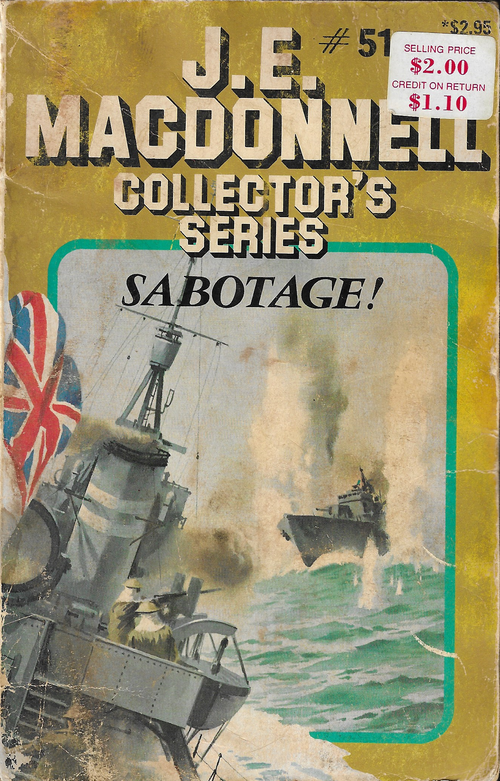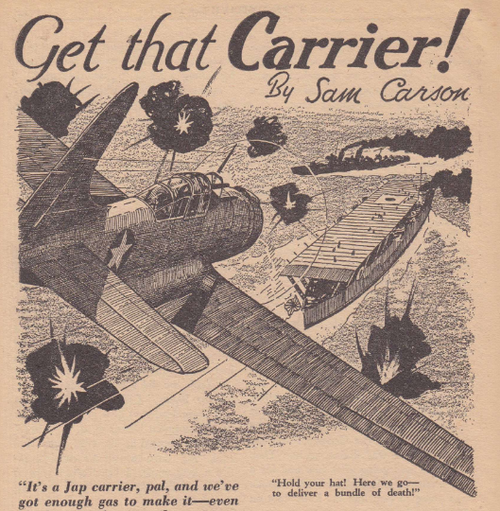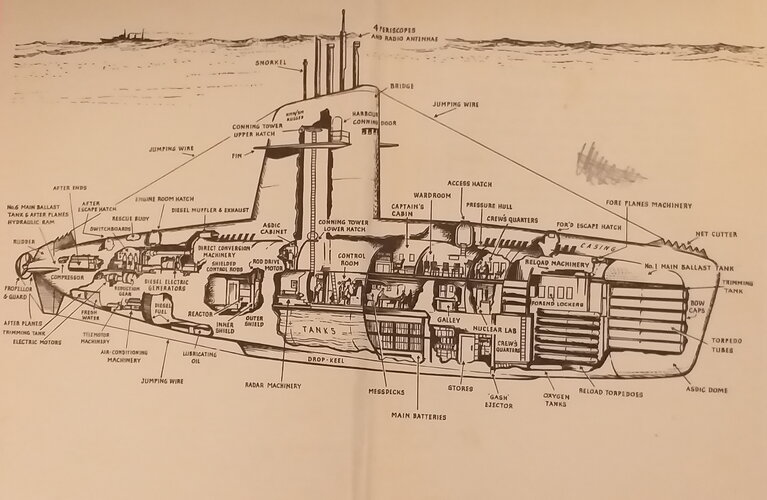- Joined
- 16 December 2010
- Messages
- 3,756
- Reaction score
- 4,101
Douglas Reeman, Battlecruiser, 1997
United Kingdom
HMS Pyrrus
Leander Class Cruiser
Details as per the real ships.
Note: Explicitly identified as this class by the author.
HMS Montague
M Class Destroyer
Details as per the real ships.
Note: Explicitly identified as this class by the author.
HMS Mulgrave
M Class Destroyer
Details as per the real ships.
Note: Explicitly identified as this class by the author.
HMS Mediator
M Class Destroyer
Details as per the real ships.
Note: Explicitly identified as this class by the author.
HMS Marathon
M Class Destroyer
Details as per the real ships.
Note: Explicitly identified as this class by the author.
HMS Mastiff
M Class Destroyer
Details as per the real ships.
Note: Explicitly identified as this class by the author.
HMS Seeker
Smiter Class Aircraft Carrier
Details as per the real ships
Note: Explicitly identified as this class by the author.
HMS Diligent
D Class Cruiser
Details as per the real ships
HMS Assurance
'Cruiser', class not specified
Main battery: 8inch guns
HMS Reliant
Renown Class Battlecruiser
Details as per the real ships.
Note: Explicitly identified as this class by the author. The fictional history for this ship seems to have been in part based on that of HMS Warspite, unlike the other two members of her class she saw service at Jutland where a steering failure caused her to circle just as Warspite did at Jutland, prior to the events of the story she took part in the September 1940 attack on Dakar (Operation Menace.)
HMS Montrose
'Warship', class not specified
No other details provided.
Germany
Minden
'Cruiser', class not specified
No other details provided
A completely different cruiser of the same name appears in the authors earlier novel 'Rendezvous - South Atlantic' (1972). That ship appeared to be a heavy cruiser similar in visual appearance to a Scharnhorst Class Battleship in the same way that the Admiral Hipper's resembled the Bismark Class of Battleship.
Flensberg
'Cruiser', class not specified
No other details provided
Italy
Tiberio
Littorio Class Battleship
Details as per the real ships.
Note: Explicitly identified by this class by the author.
Plot summary: A new captain comes to Britain's last battlecruiser, forced to serve under a glory seeking Admiral and with his own scars to bear will he be up to the task of commanding her when the time comes.
United Kingdom
HMS Pyrrus
Leander Class Cruiser
Details as per the real ships.
Note: Explicitly identified as this class by the author.
HMS Montague
M Class Destroyer
Details as per the real ships.
Note: Explicitly identified as this class by the author.
HMS Mulgrave
M Class Destroyer
Details as per the real ships.
Note: Explicitly identified as this class by the author.
HMS Mediator
M Class Destroyer
Details as per the real ships.
Note: Explicitly identified as this class by the author.
HMS Marathon
M Class Destroyer
Details as per the real ships.
Note: Explicitly identified as this class by the author.
HMS Mastiff
M Class Destroyer
Details as per the real ships.
Note: Explicitly identified as this class by the author.
HMS Seeker
Smiter Class Aircraft Carrier
Details as per the real ships
Note: Explicitly identified as this class by the author.
HMS Diligent
D Class Cruiser
Details as per the real ships
HMS Assurance
'Cruiser', class not specified
Main battery: 8inch guns
HMS Reliant
Renown Class Battlecruiser
Details as per the real ships.
Note: Explicitly identified as this class by the author. The fictional history for this ship seems to have been in part based on that of HMS Warspite, unlike the other two members of her class she saw service at Jutland where a steering failure caused her to circle just as Warspite did at Jutland, prior to the events of the story she took part in the September 1940 attack on Dakar (Operation Menace.)
HMS Montrose
'Warship', class not specified
No other details provided.
Germany
Minden
'Cruiser', class not specified
No other details provided
A completely different cruiser of the same name appears in the authors earlier novel 'Rendezvous - South Atlantic' (1972). That ship appeared to be a heavy cruiser similar in visual appearance to a Scharnhorst Class Battleship in the same way that the Admiral Hipper's resembled the Bismark Class of Battleship.
Flensberg
'Cruiser', class not specified
No other details provided
Italy
Tiberio
Littorio Class Battleship
Details as per the real ships.
Note: Explicitly identified by this class by the author.
Plot summary: A new captain comes to Britain's last battlecruiser, forced to serve under a glory seeking Admiral and with his own scars to bear will he be up to the task of commanding her when the time comes.

